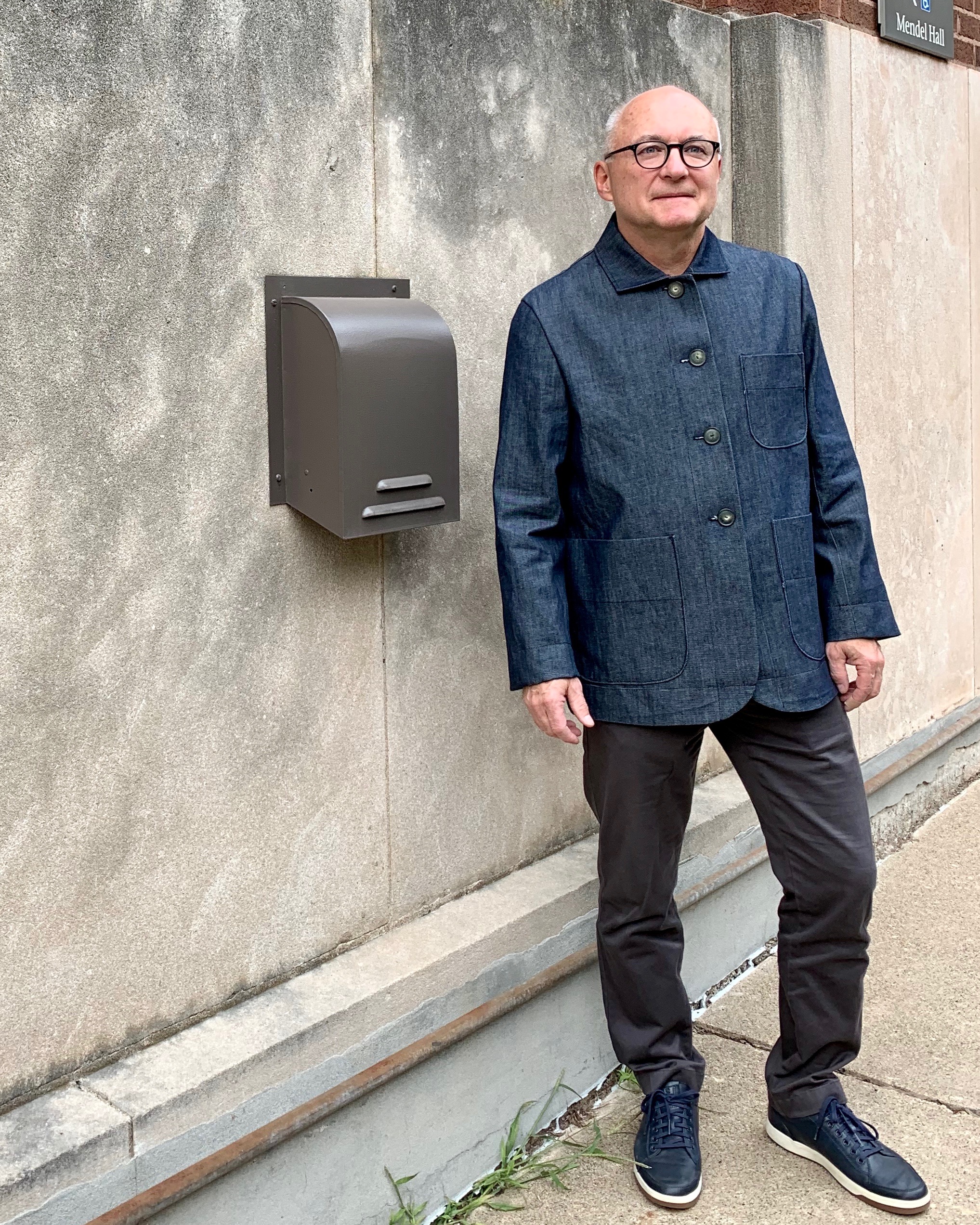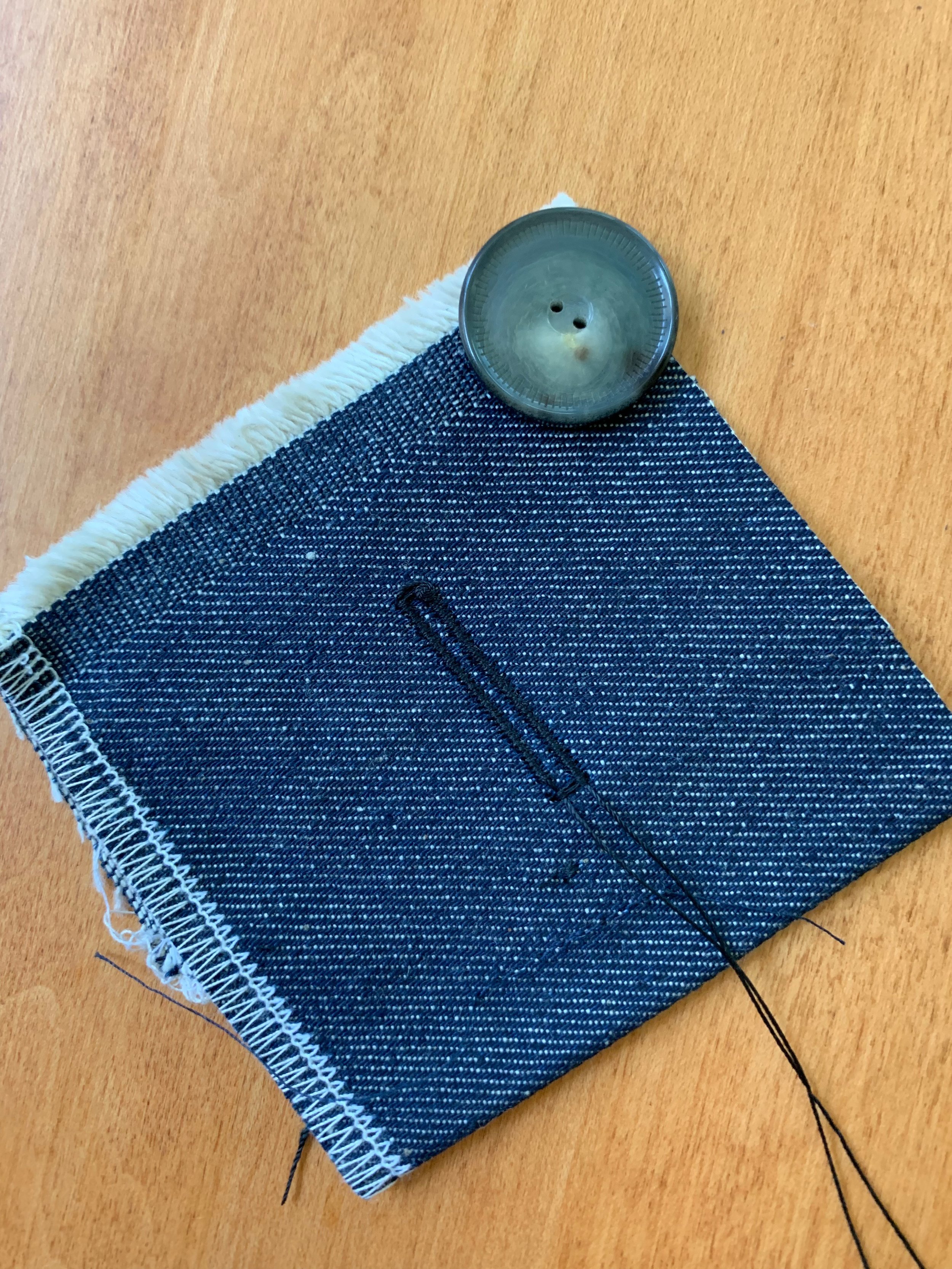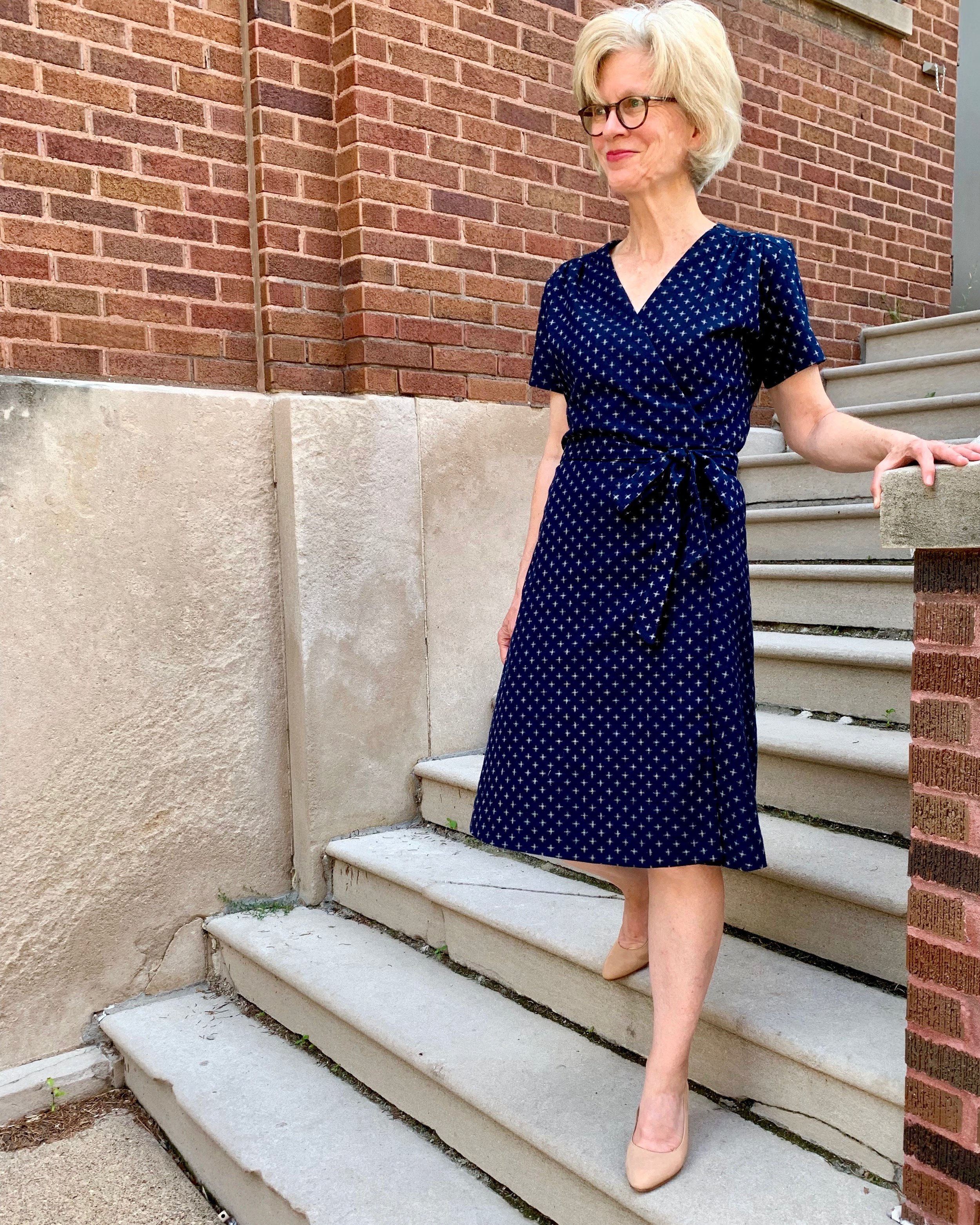Pietra pants- with zip
/So, I succumbed to the siren song of elastic waist pants, again. The enticement of elastic waist pants is hard to ignore. Who doesn’t want to live in stretchy waist accommodating comfort? Yet, if I am looking for a pant that fits well and is complimentary- I find elastic waist pants prove as difficult as fitted pants to fit the bill. Because, here’s the thing: all that fabric and ease- which provides so much comfort- is not super flattering gathered around my mid-section. I have not yet found an elastic waist pant pattern that I would make again- that is until I made up the Pietra pant which is part of the new Rome Collection by Closet Case. I already have another pair on the cutting table.
There were some obvious design elements that suggested the Pietra pant might be more flattering than my past elastic pant makes. I love the front seam and clever straight-cut pocket. Also, there is a flat front with elastic only in the back. Even so- I made several modifications to this pattern because - well it’s typical for me. First, I took an inch off the top of the front and back. I like my pants to sit at my mid-section- not above. I also reduced the waistband to accommodate 1 ½ inch elastic instead of 2 inch- partly because it was what I had on hand, and partly because that seemed wide enough. I shortened the front crotch after checking for fit, because it was necessary.
The most significant modification was adding an invisible zipper on the side- an idea first used and blogged about by Mia at Sewnorth here- thanks for the inspired idea! When I tried the pants on for fit, I didn’t like all of the fabric and fullness in the rear. So, I reduced the fullness by taking in the center back seam. However, reducing the fullness made the pants a bit too tight to wiggle into them. An invisible zipper solved the problem and makes the pants pretty perfect. See side zipper glam shot below.
I used a denim chambray from Lakes Makerie as a wearable toile, and while the fabric color and weight is fabulous, I worry they won’t be super sturdy. That’s why I feel rushed to make another pair.
The top is the trusty Colette Laurel without back darts. The fabric is such a winning Scandi print that I found from Juniper Blue Textiles. The print is so cool- I didn’t want to distract from it with a more complicated pattern.









































